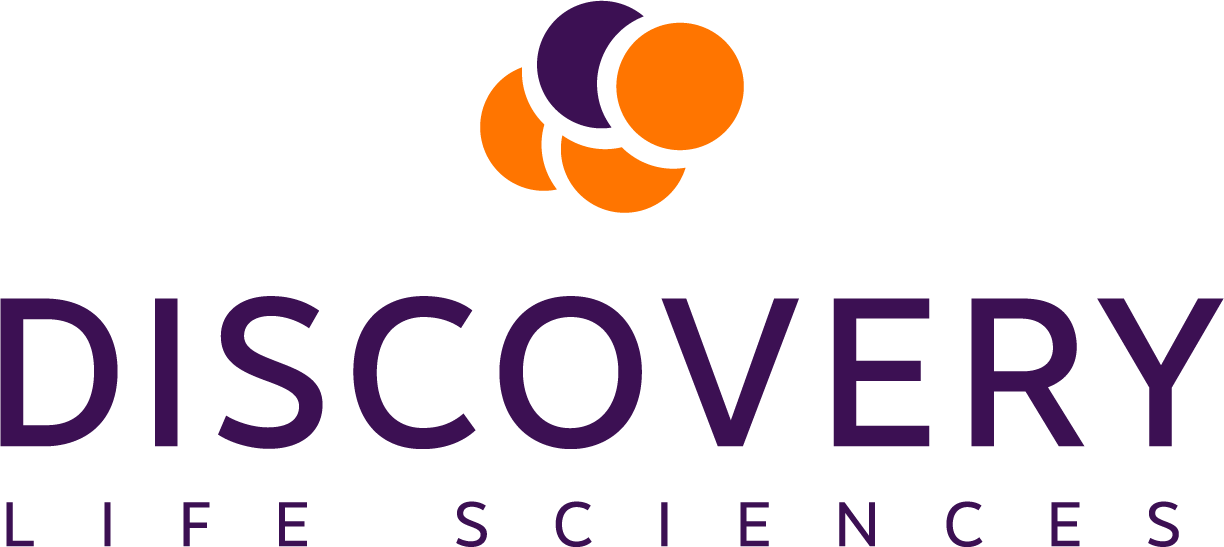
Dr. Shawn Fahl
Vice President of Lab Operations, Cell Services & R&D
As precision medicine continues to evolve, spatial biology advancements are promising to change how we diagnose, monitor, and treat disease. Advancements in automation, high-resolution spatial profiling, multi-omics integration, and AI-driven analytics are accelerating biomarker discovery and improving patient stratification. However, challenges remain, from standardizing methodologies to integrating these technologies into clinical practice.
At the recent Precision Med TriCON 2025 conference in San Diego, CA, I had the opportunity to join industry leaders in discussing how these advancements are shaping the future of precision medicine. Below, I share my key takeaways from the event—from emerging trends and opportunities to the next steps needed to translate these innovations into real-world impact.
AI and Multi-Omics: Moving Toward Standardization
AI and multi-omics are broad and rapidly evolving fields that are providing significant benefits for research and preclinical applications. I’m encouraged by discussions at TriCON 2025 focused on better defining their roles within research, improving operational frameworks, and establishing best practices. This will help not only improve their consistency but will help standardize their integration into precision medicine workflows. As these technologies become more standardized, they will enable greater accuracy in biomarker discovery and drive better patient outcomes.
Expanding Access to Targeted Therapies
The growing number of FDA-approved targeted therapies is promising for the future of precision medicine, but patient access is still a significant challenge. Even with available treatments, many patients do not receive the right therapy at the right time due to gaps in implementation, logistical barriers, and variability in clinical adoption.
We need to streamline implementation strategies and prioritize collaboration between researchers, clinicians, and regulatory bodies to drive wider adoption. Bridging these gaps will ensure that novel therapies reach the patients who need them most.
Harnessing Highly Parametric Readouts for Clinical Impact
Single-cell and spatial transcriptomics are revolutionizing early discovery and translational research pipelines, offering unprecedented, multidimensional insights into disease biology. At Discovery Life Sciences, I’ve seen firsthand how these technologies are unlocking new opportunities for our clients in biomarker discovery and precision medicine. Beyond early-stage research, the challenge now is to make these powerful tools more deployable, accessible, and scalable for use in the clinical setting, where they have the potential to enhance diagnostic/prognostic biomarker selection and guide more precise treatment strategies in routine clinical settings.
Broadening Precision Medicine Beyond Oncology
Now, advances in AI, spatial biology, and multi-omics are driving breakthroughs in diagnostics and accelerating the development of novel targeted therapies for many diseases—not just cancer. It’s an exciting time, and I look forward to seeing precision medicine expand into neurology, immunology, and beyond to continue pushing the boundaries of what’s possible.
Looking Ahead
AI, spatial biology, and multi-omics are no longer just emerging concepts—the way they are shaping the future of healthcare was on display at TriCON 2025. By promoting continued investment, cross-industry collaboration, and technological advancements, we can work together to bridge the translational gap from research to the clinic.
At Discovery Life Sciences, we remain dedicated to driving innovation in biomarker discovery and therapeutic development. By leveraging cutting-edge multi-omic solutions, we are supporting researchers and clinicians in bringing precision medicine to more patients, across more diseases, than ever before.


